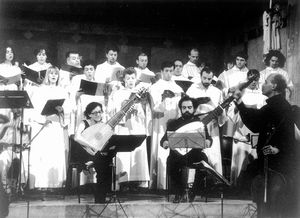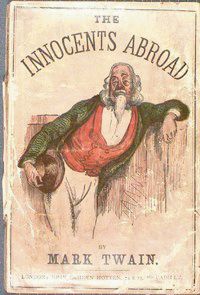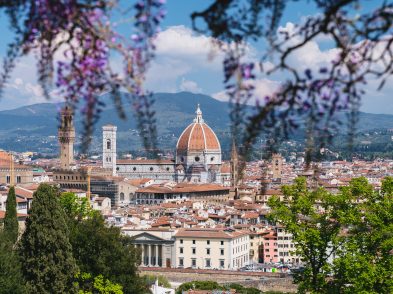‘A paradise of exiles’ is how Percy Bysshe Shelley described Florence, hinting at the anomaly of a city that exiled its most famous writer – Dante, creator of ‘Paradise’ – yet has since nurtured countless foreign authors and poets. The English were among the first to be inspired by ‘the stones of Florence’: back in 1572, Queen Elizabeth I’s favourite courtier Sir Philip Sidney embarked on a Grand Tour, Florentia being a high-point of his two-and-a-half year sojourn. Aged just 17, Sidney sounds surprisingly like a contemporary teenager, with his aim to study ‘languages and international relations’. Yet the aspiration for most ‘grand tourists’ was to set foot on ‘Classic soil’ and thereby soak up the culture of Classical Antiquity.
Sidney started something of a fashion for the English writer-tourist in Florence and he was followed in later centuries by Tobias Smollett, James Boswell (friend and biographer of Dr Samuel Johnson), Lord Byron, the Brownings, Thackeray, Shelley, Dickens, George Eliot, John Ruskin and innumerable others. ‘There are too many English people in Florence; they will be my ruin if I have to invite them all to dinner!’ was the heartfelt concern of Sir Horace Mann, Embassy Secretary for England in Florence in the 1730s. Today, some would echo his view that there are simply ‘too many English’ in this village-cum-city (indeed, Florence became known as ‘une ville toute anglaise’), yet most visitors would agree that since the heady days of the Grand Tour a special Anglo-Florentine rapport has developed. Such empathy was memorably encapsulated by Robert Browning: in Florence, he said, ‘I felt at home with my own soul.’
Whatever its prosaic realities, Firenze has inspiredAnglo-American writers through the centuries to wax poetical. But there have been voices of dissent: for the more introspective Northerner, Italian joie-de-vivre has its downside. Mrs Hester Thrale, a ‘grand tourist’ in the 1740s, wrote this account:
The clatter made here in the Piazza del Duomo – where you sit in your carriage at a coffee-house door and chat with your friends according to Italian custom, while one eats ice-cream and another calls for lemonadethe noise made then and there, I say, is beyond endurance.
Despite her complaints, the romantic image of Florence filled only with the noise of horse-drawn carriages and vivacious conversation is a seductive one. So it comes as something of a surprise to learn that, over two centuries before macchine and motorini, there was a Zona Blu:
Chains are put up at the ends of the street, to prevent coaches approaching so that the whole town will be there, or thereabouts, a-foot; ‘tis a charming situation. (Horace Mann, 1741.)
If pedestrian areas and the passeggiata were something to write home about, so too was the long Italian lunch. At a time when visitors might have been used to a more sedate pace of life, Samuel Sharp found the ora di pranzo more than a little tedious:
Several shops are shut up, from twelve to half an hour after one, or longer, so sacred is the ceremony of dining; but, indeed, the languor of trade in Italy is surprising, and the inactivity of the shopkeepers very often borders upon rudeness.
Sharp may have found the shopkeepers surly but, by the time he was writing, British tourists had already achieved a certain notoriety for their rowdy behaviour. Philip Stanhope, Earl of Chesterfield, wrote this missive to his son, who was enjoying the Grand Tour in 1749:
My dear boy,
I am informed, there are now many English at the Academy at Turin; and I fear there are just so many dangers for you to encounter. Who they are I do not know, but I well know the general ill conduct, the indecent behaviour, and the illiberal views of my young countrymen abroad; especially wherever they are in numbers together.
No wonder Georgian teenagers were meant to travel with a tutor, tellingly called a ‘bear-leader’, whose duty it was to provide both academic and moral guidance. Philip Stanhope was one of many anxious parents concerned that their sons did not indulge in any unwise amours whilst abroad as venereal disease was rife. But the licentious James Boswell, who toured Italy in the 1760s, was forever going in search of courtesans and condoms. Quite often he found the former without the latter, and would inevitably pay the price, though it never seemed to cool his sexual ardour. In Florence, he was diagnosed with gonorrhoea, which prompted him to stock up on condoms and move on to Siena, where he found the women far more obliging than the ‘proud Florentines’. So much for his Classical education.






